The rise of ChatGPT in education has been nothing short of meteoric.
Since its launch, it became the fastest-growing consumer app, reaching 1 million users in just five days and 100 million within two months.
Today, estimates show over 700 million weekly active users and billions of monthly visits globally, making it one of the most influential technologies to ever reach classrooms.
As its adoption continues to reshape how students learn and how educators teach, it’s more important than ever to weigh the benefits and challenges of integrating AI into the academic space.
Here, we explore the pros and cons of using ChatGPT in education—from personalized learning and accessibility to issues like misinformation, privacy, and academic integrity.
Key Takeaways
- ChatGPT’s explosive adoption means nearly every student and educator has been exposed to it.
- The tool offers powerful benefits in personalized learning, content creation, language support, and accessibility.
- Risks include misinformation, academic integrity dilemmas, privacy concerns, and unequal access.
- Educators increasingly adopt AI—including ChatGPT—as a strategic priority in classrooms.
- Responsible integration, guided by clear policies and tools like Undetectable AI, is essential for maximizing benefits while minimizing harm.
What Is ChatGPT and Why It’s Everywhere

ChatGPT is a conversational AI developed by OpenAI that generates human-like text responses.
It uses advanced machine learning and natural language processing to interpret user prompts and craft coherent, context-aware replies.
Trained on vast amounts of data, it can answer questions, summarize information, assist with writing, and even simulate dialogue—making it highly versatile for educational, professional, and personal use.
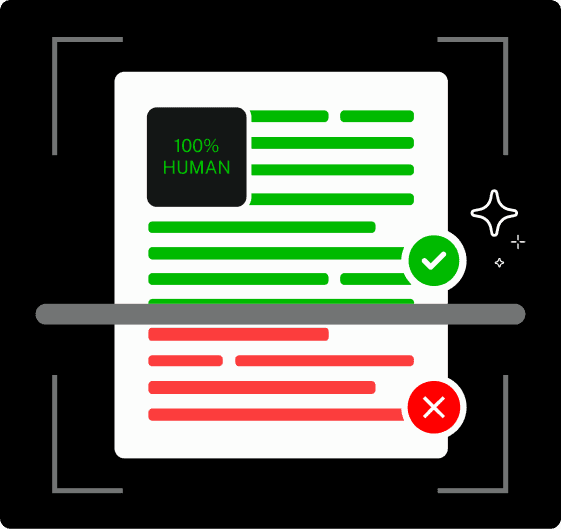
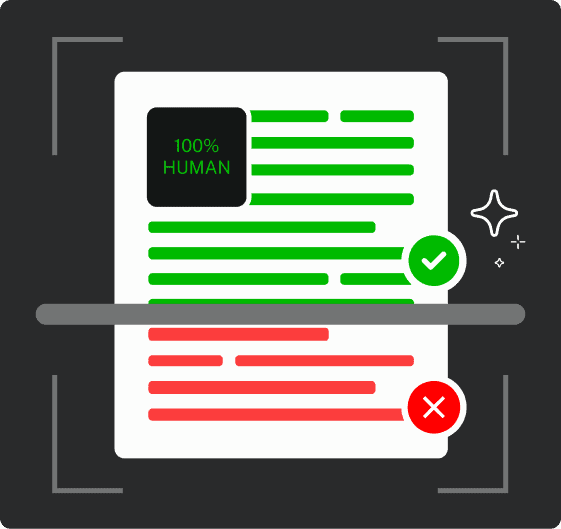
Never Worry About AI Detecting Your Texts Again. Undetectable AI Can Help You:
- Make your AI assisted writing appear human-like.
- Bypass all major AI detection tools with just one click.
- Use AI safely and confidently in school and work.
Its intuitive interface, low barrier to entry, and ability to engage in real-time conversation have made it a go-to tool for students, educators, and lifelong learners alike.
As a result, it’s not just a tech trend—it’s becoming a foundational part of how people interact with information in 2025.
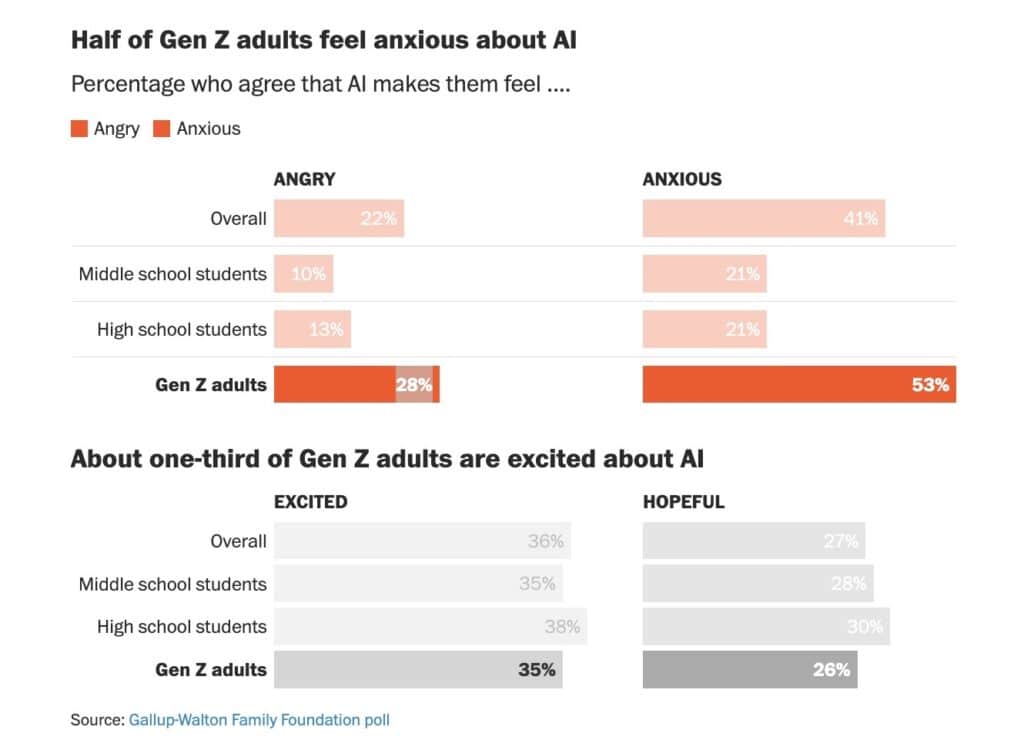
Pros of Using ChatGPT in Education
Personalized Learning Support: ChatGPT can tailor explanations, walk students through tough problems step-by-step, and adapt to individual learning styles.
Teacher Efficiency & Content Creation: By helping draft lesson plans, assignments, or grading rubrics, ChatGPT saves educators valuable time. A 2025 report shows many educators gain 5–10 hours per week of productivity.
Language Learning & Practice: For language learners, ChatGPT offers instant feedback, grammar correction, translations, and conversational practice in multiple languages.
Improved Accessibility: Features like text simplification, text-to-speech, and round-the-clock availability make learning more inclusive for students with disabilities or those studying on unconventional schedules.
Evolving Educational Norms: Educators have shifted from resisting ChatGPT to embracing it—as a tool to enhance lesson plans, simplify content, and support diverse learning needs.
Cons of ChatGPT in Education
Risk of Misinformation: AI outputs can be confidently incorrect. Without verification, students may unknowingly present inaccurate information as fact.
Academic Integrity Challenges: The ease of generating text raises concerns about plagiarism and misuse unless governed by clear guidelines and detection tools.
Data Privacy and Security: Conversations with ChatGPT may be logged by OpenAI for analysis. Institutions and users must ensure compliance with data protection standards and consider tools that help monitor or anonymize shared data. For individual users, a digital footprint checker can help monitor and manage personal data exposure online, ensuring better control over shared information.
Shallow Understanding: ChatGPT lacks true comprehension—it mimics patterns. Overreliance can hinder critical thinking and deeper learning.
Equity and Access Gaps: Not all students have equal access to reliable internet or devices. Without proper support, AI could deepen educational inequities—also exacerbated in under-resourced schools.
How Educators Are Responding in 2025

Policy Development & Training
In 2025, schools, universities, and education boards are beginning to formalize their approach to AI use.
Surveys show that 66% of educators plan to increase their use of AI tools in the 2025–26 academic year, but fewer than half feel they’ve received adequate training to do so effectively.
Institutions are rapidly drafting AI usage policies that cover when and how students may use tools like ChatGPT, how AI-assisted work should be disclosed, and what constitutes AI plagiarism.
Professional development initiatives are also growing, with platforms like EdTech Digest, Carnegie Learning, and Yahoo Finance highlighting increased demand for AI literacy workshops and faculty training programs.
To support educators, more districts are collaborating with AI specialists to create clear rubrics and curriculum guidelines that ensure students are using AI tools to support learning, not bypass it.
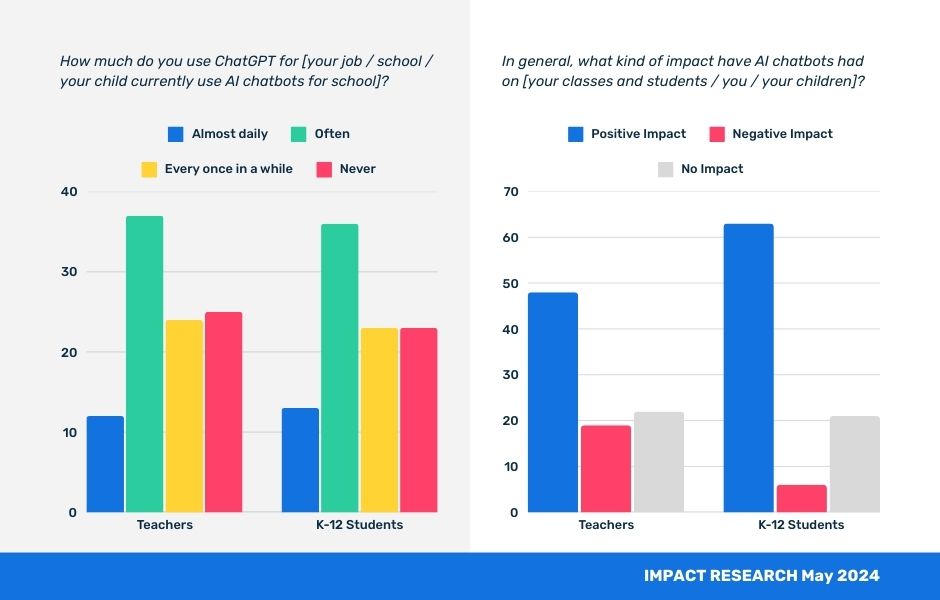
Pedagogical Innovation
With AI-generated assignments harder to detect—and easier to produce—many educators are rethinking how they assess student understanding.
Institutions are now piloting oral assessments, in-person writing tasks, and AI-aware project-based learning models that shift the focus from output to process.
At several U.S. colleges, The Times of India reports a revival of “medieval” assessment strategies like verbal defenses and live problem-solving sessions, where students must explain their reasoning in real time—something AI can’t easily replicate.
Shifting Mindsets
Beyond tools and policies, there’s a growing shift in mindset. Leading educators now see AI as a “co-pilot” rather than a threat.
Instead of banning AI altogether, they’re teaching students how to collaborate with AI responsibly, integrating AI literacy into the curriculum as a foundational skill.
Thought leaders argue that just as we once taught computer literacy, AI fluency must now become part of modern education.
This means helping students understand not only how to use AI tools like ChatGPT, but when—and why—they should be used to enhance creativity, not shortcut learning.
How Undetectable AI Supports Responsible Use of AI in Education
At Undetectable AI, we believe that generative AI tools like ChatGPT should empower education, not compromise it.
That’s why our platform offers a full suite of tools designed to promote transparency, maintain academic integrity, and support ethical use of AI in classrooms, institutions, and independent learning environments.
Here’s how our tools directly align with the educational challenges and opportunities outlined in this article:

AI Detector helps maintain academic integrity by accurately identifying AI-generated content in student work.
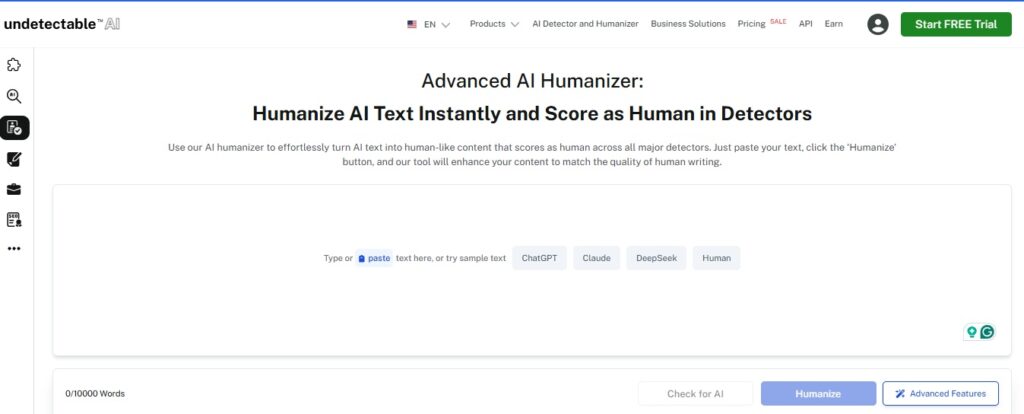
AI Humanizer transforms robotic or overly polished AI output into authentic, natural-sounding writing that reflects a real human voice.
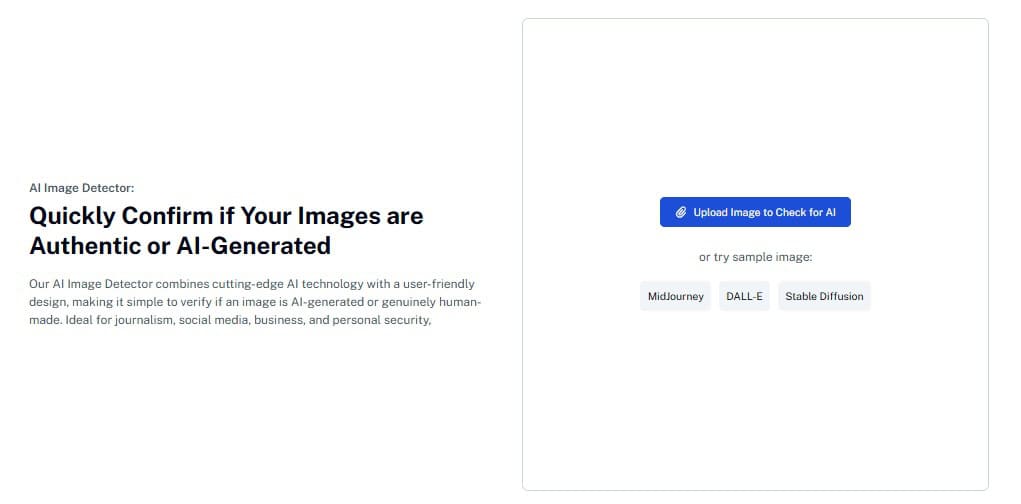
Meanwhile, the AI Image Detector ensures transparency in multimedia assignments by detecting whether visuals were AI-created.

And the Ask AI tool allows students and teachers to get instant, reliable answers—making it a smarter alternative to traditional chatbots by providing educational support grounded in accuracy and comprehension.
As more premium AI tools start offering voice mode and audio-based assistance, educators also need a reliable way to verify whether a recording was created by a student or generated by an AI model.
Our Undetectable AI’s AI Voice Detector helps analyze speech patterns to determine if an audio clip was synthetically produced.
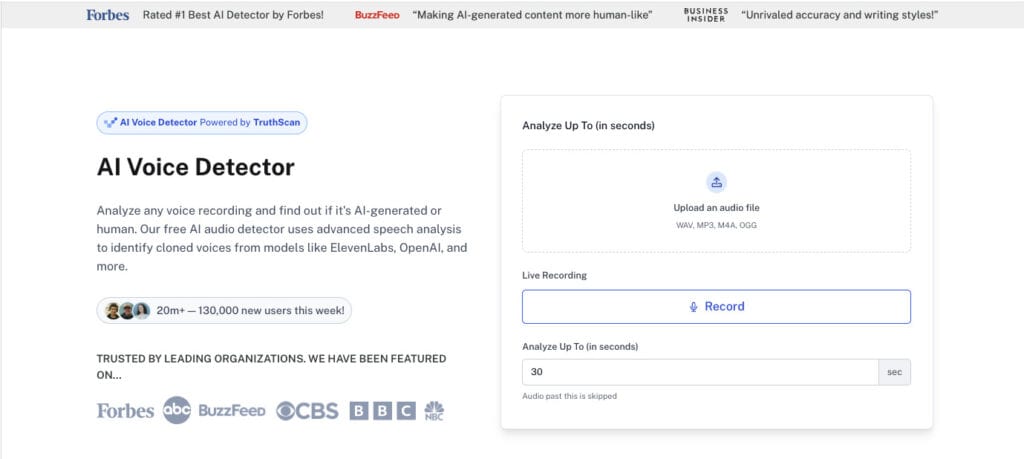
It gives teachers an easy way to review voice assignments, oral exams, and spoken responses without second-guessing authenticity.
Explore our AI Detector and Humanizer effortlessly in the widget below!
Frequently Asked Questions
Will ChatGPT replace teachers?
No. ChatGPT supports—but does not replace—teachers. Human instruction provides critical thinking, emotional nuance, context, and mentorship that AI cannot replicate.
Can ChatGPT help with learning without cheating?
Absolutely. Used correctly, ChatGPT can inspire questions, spark ideas, and simplify concepts—so long as students critically engage with the output.
Are there tools to check for AI-generated content?
Yes. Tools like Undetectable AI help educators uphold academic integrity while supporting responsible AI use. Consider implementing them where needed.
Conclusion
ChatGPT is reshaping education—offering new opportunities for personalized learning and efficiency, while also raising concerns about academic integrity, misinformation, and data privacy.
The challenge isn’t whether to use AI, but how to use it responsibly.
Undetectable AI bridges that gap with tools that detect AI-generated content, humanize writing, and support ethical AI use in the classroom.
Explore Undetectable AI to embrace innovation without compromising trust or academic excellence.
